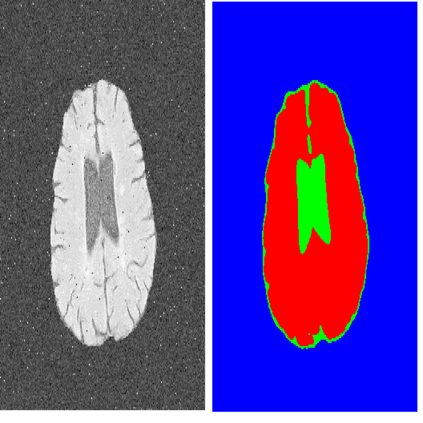Tool wear monitoring is crucial for quality control and cost reduction in manufacturing processes, of which drilling applications are one example. In this paper, we present a U-Net based semantic image segmentation pipeline, deployed on microscopy images of cutting inserts, for the purpose of wear detection. The wear area is differentiated in two different types, resulting in a multiclass classification problem. Joining the two wear types in one general wear class, on the other hand, allows the problem to be formulated as a binary classification task. Apart from the comparison of the binary and multiclass problem, also different loss functions, i. e., Cross Entropy, Focal Cross Entropy, and a loss based on the Intersection over Union (IoU), are investigated. Furthermore, models are trained on image tiles of different sizes, and augmentation techniques of varying intensities are deployed. We find, that the best performing models are binary models, trained on data with moderate augmentation and an IoU-based loss function.
翻译:工具磨损监测对于质量控制和降低制造工艺的成本至关重要,钻探应用就是其中一个例子。在本文中,我们提出了一个基于 U-Net 的语义图象分割管道,用于剪切插入的显微镜,以探测磨损。磨损区域分为两种不同类型,造成多级分类问题。将两种磨损类型合并在一个普通磨损类中,使得问题能够被写成二元分类任务。除了对二元问题和多级问题进行比较外,还调查不同的损失功能,即跨环形、聚焦交叉图象断层和基于交界间隔开的损(IoU)等。此外,模型还接受了不同尺寸的图像图案培训,并采用了不同强度的增强技术。我们发现,最佳的模型是二元模型,是中度增强和基于IoU的损失功能的数据培训。




